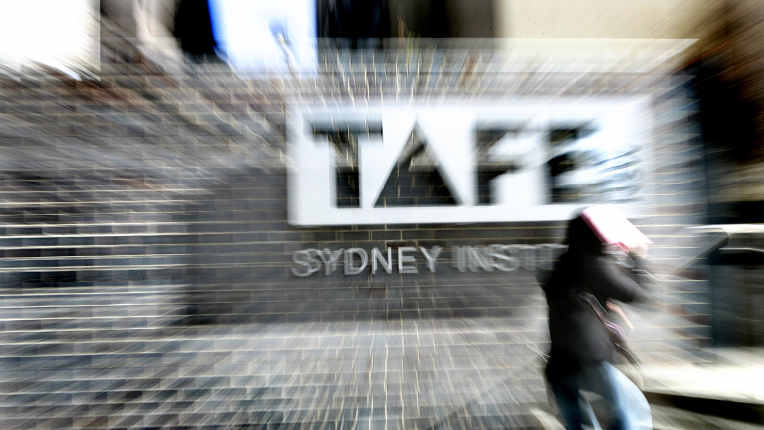Fix training to end the quiet Australians' fear of uncertainty
by Essential BabyVoicing the lack of confidence often expressed by business and students and their families, Scott Morrison says that the basic problem with Australia’s clunky and unresponsive vocational education and training framework is the mismatch between the training offered and the skills required for real jobs in the modern economy.
Together with the uneven quality of training and vocational qualifications, this has encouraged quiet Australian kids with low school scores to default to chasing often substandard university degree credentials, leaving them with increasingly poor employment prospects, lower salary premiums, and a HECS debt that might never be repaid.
Many would be better off pursuing vocational training to acquire the practical skills that are needed to drive a more productive economy. Modern Labor’s post-Whitlam obsession with free and expanded university education that peaked with last decade's demand-driven reforms has been to the detriment of the training of the ordinary vocational workers – who make up almost 3 million, or about 20 per cent, of Australia’s 13-million-strong workforce – that Labor supposedly represents.

To get a faster and better match between a simpler training system and what business needs, the government will move forward in other sectors with Skills Organisation pilots established in human services, digital technology, and mining, so that industry-led planning can shape the training system and define the qualifications based on skills needs and job requirements.
The current VET framework is caught up in the industrial relations system and the historical overhang of the ancient craft system, which allows the various unionised trades to use training and qualification requirements to cartelise their supply and maintain skills-based award premiums.
This slows and complicates the development of more flexible training. The clunkiness is why some industries and businesses have moved to working directly with training providers to create their own skills-based qualifications, such as an advanced diploma of applied blockchain, or Rio Tinto’s autonomous vehicle qualification.
An old-fashioned system centred round entry-level diplomas and three-year apprenticeships also doesn’t fit in with the need for lifetime learning as technology increasingly disrupts the world of work.
Fixing VET is about building a stronger economy that works for ordinary Australians.
The Prime Minister has also flagged a revised funding system to tackle the substantial variation in fees and subsidies in different jurisdictions. Such variations suggest there is not much rationality or information in the price signal, a gap the new National Skills Commission will try to close by analysing labour market trends and skills needs to better inform training and funding decisions.
The federal government currently hands the states $1.5 billion a year for vocational training with no strings attached. Mr Morrison says that Kevin Rudd’s national hospital activity-based funding agreement – which funds hospitals based on the average "efficient" price across the system of each service – is a good, accountable alternative model, which would also allow for a sector-neutral contestable market so that private training providers can compete with the publicly owned TAFEs.
If the federal government funded a set percentage of the efficient price, forcing the states to bear the additional cost of the TAFEs would be politically contentious. But the TAFE system has been captured by teachers' unions, the education bureaucracy, and is too slow, costly and inflexible to quickly adapt to training highly skilled workers for the jobs that businesses are looking to create.
When the Victorian Coalition government introduced a choice-based contestable funding system in 2009, the bureaucratic TAFE system failed to respond to the competitive pressures from the more nimble private sector, and its overall market share fell from half to a quarter of all government-subsidised training places. The ultimate political response was the Andrews government's 2019 commitment of $172 million to make some 50 TAFE courses “free”. Ironically, a minimum fee was part of the original design of the Gillard government's worthy attempt to create a demand-driven and contestable system, and would have helped to avoid the rorts by shonky operators.
Like workplace reform is about encouraging employers and employees to co-operate in high-performing, globally competitive businesses, fixing vocational training is about building a stronger economy that works for ordinary Australians in the form of more jobs, higher wages and more profitable companies.
It’s also about helping the Prime Minister’s quiet Australians to profitably invest in their own human capital, so they need not fear Australia’s 21st century end of certainty in an information age and globalised economy. This means the education system needs to work for them – including a school system that, despite billions of extra dollars of investment, continues to produce diminishing returns as student performance on international tests continues to decline.